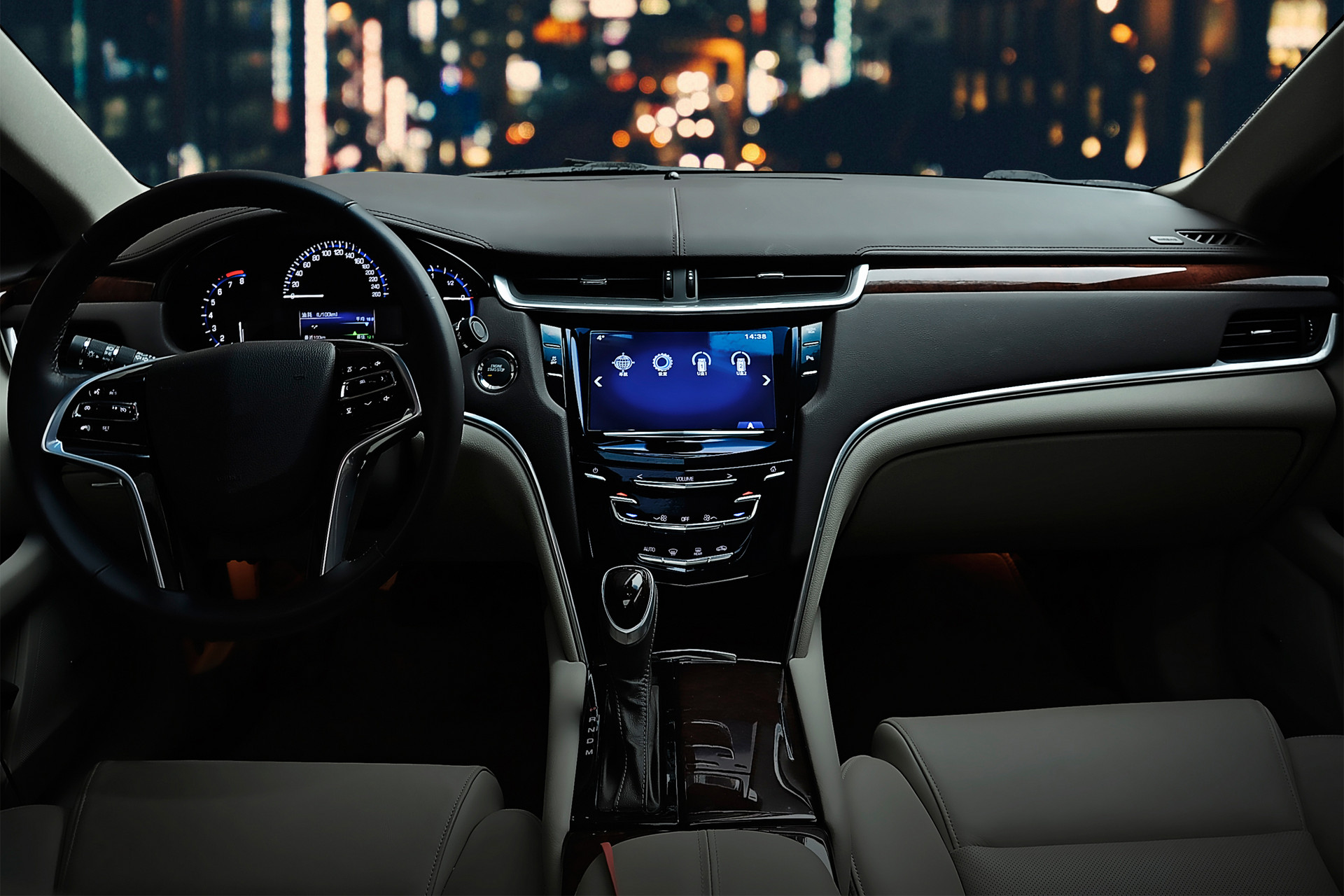Introduction

In recent years, fast charging technologies have become widespread in devices such as new energy vehicles, laptops, and smartphones, with charging power constantly increasing. During the charging process, safety issues such as current overload, loose connections, and abnormal high temperatures can occur. As a key protective component in the charging system, micro switches ensure safety through their precise triggering and rapid response capabilities.
Specific manifestations of micro switches in ensuring charging safety
Micro switches act as the first line of defense in the safety protection of charging interfaces. In the connection between the charging gun and port of new energy vehicles, if the interface is not fully engaged or becomes loose, it may lead to poor contact, generating arcs and causing fire hazards. Micro switches designed for charging scenarios have high-precision travel detection structures inside. Only when the interface is fully engaged and the contact area meets the requirements for high-current conduction will they send a "power-on allowed" signal to the control system. If there is an unexpected unplugging or interface movement during charging, the micro switch can quickly cut off the current within 0.1 seconds, eliminating the risk of arcs caused by live plugging and unplugging. Test data from a certain charging pile enterprise shows that the incidence of safety failures caused by loose connections in charging equipment equipped with micro switches has dropped from 8% to less than 0.5%.
In fast charging scenarios, micro switches play the role of a "circuit safety valve" against the risk of current overload. The current mainstream fast charging power has exceeded 200W, and the fast charging current of new energy vehicles can reach over 100A. If there is a short circuit or abnormal load in the circuit, excessive current may burn out the lines or equipment. Specialized micro switches for charging, through high-sensitivity current sensing design, monitor the current fluctuations in the circuit in real time. When the current exceeds the safety threshold, the switch contacts will instantly disconnect, forming a dual protection with the power management chip to prevent fires caused by overloading. Compared with traditional protection devices, micro switches have a fast response speed and high trigger stability, effectively covering sudden situations such as instantaneous overloads, providing comprehensive protection for the charging circuit.
High temperatures generated during the charging process are another important factor affecting safety. When high currents flow, the charging interface and lines will inevitably heat up. If the temperature exceeds the safe range, it may cause insulation aging and component failure. Micro switches designed for charging equipment have been optimized for temperature resistance: the contacts are made of silver-nickel alloy, which can withstand temperatures up to 125°C, and the arc erosion resistance has been improved by three times; the housing is made of high-temperature resistant and flame-retardant materials, combined with a sealed structure design, which not only prevents performance degradation due to high temperatures but also resists the erosion of external dust and condensation water, ensuring stable operation in high-temperature and high-humidity environments. A certain mobile phone accessory manufacturer stated that after equipping its fast charging heads with temperature-resistant micro switches, the rate of fault reports in high-temperature environments decreased by 60%.
"The core of charging safety is 'preventing problems before they occur.' Although micro switches are small, they can promptly cut off risks at critical points," said the head of a domestic micro switch manufacturing enterprise. To meet the needs of different charging scenarios, the enterprise has developed specialized products for new energy vehicles, consumer electronics, and industrial charging equipment, covering features such as IP67 waterproof and dustproof, high current endurance, and high temperature resistance, meeting the safety standards of various charging devices. Currently, these products have been widely used in charging equipment of brands such as BYD, Huawei, and GONGNIU, and have received market recognition.
Conclusion
With the development of ultra-fast charging technology, charging power is advancing towards 1000W and even higher levels, and the requirements for safety protection components are also continuously increasing. Industry insiders say that in the future, micro switches will further upgrade towards "smaller size, faster response, and higher endurance", while integrating dual detection functions for temperature and current to achieve proactive prediction and precise protection of charging safety, providing a solid guarantee for the popularization of ultra-fast charging technology. This "small component" hidden in charging devices is ensuring reliable performance, making every charge safer and more reassuring.
Post time: Nov-15-2025






